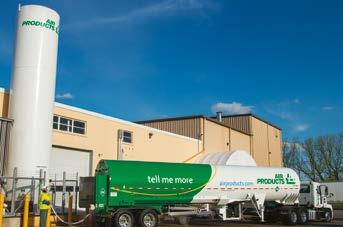
5 minute read
New BS EN 12206-1: 2021 standard
technology can be used to capture the heat from a process and convert it either into electricity or use it to preheat combustion reactants to improve efficiency. These technologies can provide decent reductions in CO2 emissions through fuel savings of up to 15%. Oxy-fuel combustion is a well-established technology, which has historically been implemented to increase productivity and aluminium yield, whilst also reducing fuel consumption and emissions. The potential for oxy-fuel combustion to achieve shortterm climate goals as part of a roadmap towards decarbonisation is worth highlighting. Switching from a traditional air-fuel combustion system to an oxy-fuel combustion system has proven to save up to 40% energy consumption, which can be directly translated to 40% savings in direct CO2 emissions. Companies like Air Products are also working on reducing CO2 emissions for oxygen production and transport, leading to green oxygen. Oxy-fuel technology is suitable for retrofit and has been bringing environmental benefits to the aluminium industry for decades.
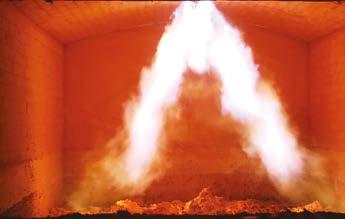
Dry air contains 20.95% oxygen, 78.09% nitrogen, 0.93% argon, and small amounts of other gases. Combusting fuel with pure oxygen is more efficient than air-fuel combustion, as the fuel can react much faster with the oxygen, which increases the flame temperature by around 1000oC.
• Transient heating burner flame
This increases the heat transfer rate from the flame to the metal, resulting in significant improvements in specific energy usage of up to 40% and potentially doubling productivity. With correct burner design and combustion staging, oxy-fuel combustion can also improve aluminium yield up to 2%. Due to the lack of nitrogen present in the reaction, nitrogen oxide production can be eliminated with proper consideration to burner design and furnace operation. Oxy-fuel combustion also results in more complete combustion, leading to a considerable reduction in unwanted combustion emissions, such as carbon monoxide, soot, volatile organic compounds and unburned hydrocarbons.
CONCLUSION Oxy-fuel combustion can provide up to 40% savings in direct CO2 emissions, as well as increased productivity and aluminium yield. Oxy-fuel technology is well-established and proven throughout the aluminium industry as a safe, economic, and accessible solution for reducing carbon footprint. Decades of operating experience and implementation on new furnaces, as well retrofits have shown to reduce specific energy usage by up to 40%, increase production by up to 100% and increase aluminium yield by up to 2%. Switching from air-fuel to oxy-fuel combustion is an ideal solution for starting out in the roadmap to net zero CO2 emissions.
• Oxygen tank and tanker
For more information, please contact Dr Martin Lawrence, CEng, MIMechE, Combustion Development Specialist at Air Products PLC. Mobile: +44 (0) 7887624893. Email: lawrenm1@airproducts.com. Or visit: https://www.airproducts.com/ applications/melting-non-ferrous
The Aluminium Federation has successfully spearheaded Europe-wide research to establish a crucial new technical benchmark.

ALFED CEO Tom Jones says the BS EN 12206-1: 2021 is not exactly something to catch the eye of the general public but is of huge significance to UK-based companies who supply, or specify, powder coatings. “The original European standard was published in 2004, and a British standard ran alongside it for years. “Unfortunately, the latter was then withdrawn in 2016, which seriously handicapped our members working in this niche.” ALFED then asked one of its members, Portsmouth-based Tomburn, to take up the cudgels on behalf of its peers. Its commercial director, Chris Mansfield, became convenor of a team of experts from across Europe to carry out the revision. “Tomburn is a very successful family-owned enterprise that owns LBL Finishers and has a subsidiary in the Czech Republic,“ said Jones. “Chris is very passionate about both innovation and technical standards, and we knew he was the ideal person to lead this project. “I am delighted to report that despite multiple challenges, the revised standard has now been accepted which will be a great boost for ALFED members”.
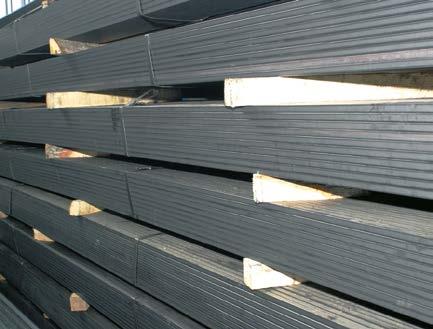
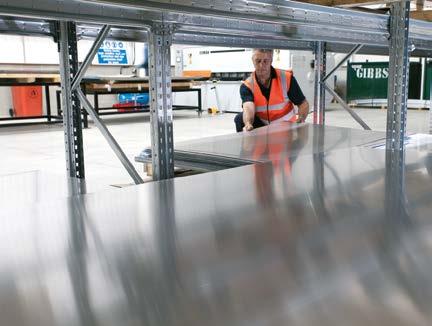
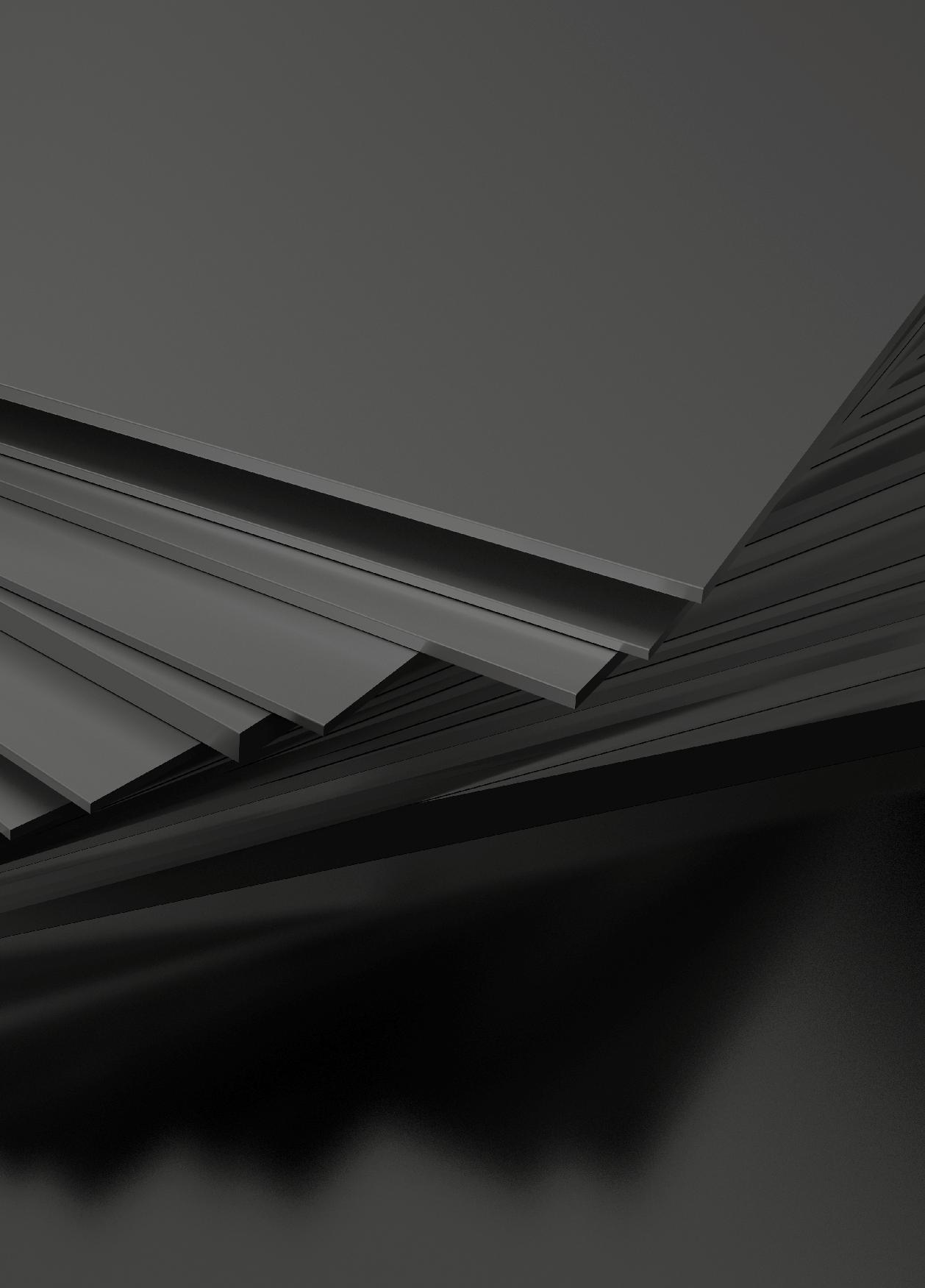
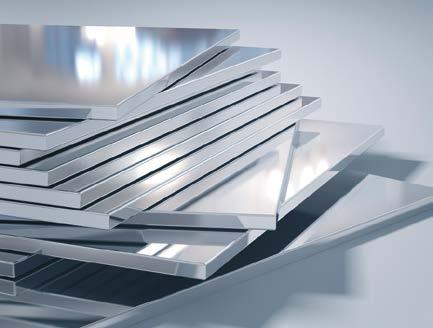

ALUMINIUM PL ATE SERVICES A company you can count on
Durbin Metals is one of the leading suppliers of cut Aluminium plate & bar in the UK.
Durbin Metals combines the strengths of a large organisation with the friendly, flexible and customer service-oriented approach of a local family business. We are simply here to help our customers to be successful.
The company is committed to a continuous programme of investment in technology and tooling, highlighted by recent expenditure in cutting facilities. The new equipment can process up to 350mm thick Rolled Plate, 1000mm thick Cast Plate and 21" diameter Bar. Stainless Steel long products can also be processed.
The in house plate plant includes a capacity of up to 4000mm long, 2000mm wide and 1000mm thicknesses, all capable of tight cutting tolerances.
Durbin Metals provides additional processing capability for customers that do not have the capacity or machinery that is sometimes needed, and supports engineering and manufacturing units across a wide range of industries.
In addition to Plate and Bar saws, in-house plant includes a specialist vertical borer dedicated to cutting circles and rings up to 1450mm diameter and 160mm thickness with fine tolerance machined edges.
Durbin also supplies yellow metals and plastic solutions to UK industry.
For ‘Just In Time’ materials supply and processing, Durbin Metals is the supplier of choice.
Call today to discover why.
#weareheretohelp
Te l : 019 2 2 4 5 3 9 8 2 E m a i l : s a l e s @ d u r b i n m e t a l s . c o . u k w w w . d u r b i n m e t a l s . c o . u k










